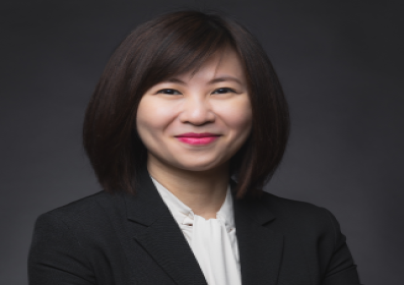The Singapore courts recently redefined the law governing the division of matrimonial assets in a divorce in the case of ANJ v ANK [2015] SGCA 34 (“ANJ v ANK”), and this was reaffirmed in the Court of Appeal case of Twiss, Christopher James Hans v Twiss, Yvonne Prendergast [2015] SGCA 52 (“Twiss v Twiss”).
In general, much of the court’s considerations in deciding on the division of matrimonial assets lie in the difficulty of having to weigh the spousal contributions in the economic sphere (financial contributions) against that of the domestic sphere (non-financial contributions). While the determination of spouses’ financial contribution to the marriage is fairly straightforward, the same cannot be said for the determination of their non-financial contribution.
Pursuant to Section 112 of the Women’s Charter (Cap 353), the courts have an obligation to divide the matrimonial assets in a ‘just and equitable’ fashion. In doing so, the courts have always approved the application of a ‘broad-brush’ approach where they can assess matters on a case by case basis to account for the unforeseeable nature of life.
In the past, the courts commonly adopted the ‘uplift’ method to recognise the indirect contributions of one spouse. Under the previous method, the court would use a ratio of the parties’ direct financial contributions towards the acquisition of the matrimonial assets as a starting point of reference and then adds a certain percentage in favour of the spouse that had made more indirect contributions during the marriage. To illustrate, if the wife has financially contributed towards 40% of the matrimonial assets and the wife is considered to have had more indirect contribution than the wife, the court may add a 15% uplift to make up the final division of 55% of all matrimonial assets in favour of the wife.
The ‘uplift method’ came under the close scrutiny of the Court of Appeal in the case of ANJ v ANK. The Court of Appeal warned that the complete lack of structure in the ‘uplift’ method provided little to no guidance with regard to the consistency of the application. It further warned against the susceptibility of the ‘uplift’ method being inherently unfair as it is vulnerable to the risk of overvaluation or undervaluation of spouses’ contribution.
The Court of Appeal in ANJ v ANK continued to advocate the availability of a wide discretion of the courts to decide on the division of matrimonial assets, but this discretion shall be applied in accordance a “structured approach” by applying the three steps below:
1. First, determine the parties’ direct financial contributions towards the acquisition or improvement of the matrimonial assets. Each party’s percentage of the direct financial contribution shall then be represented as a ratio.
2. Secondly, express the parties’ indirect contributions as a second ratio, having regard to both financial and non-financial contributions; and
3. Finally, average out the two ratios based on the weightage given to each type of contribution to arrive at a final ratio. The court may decide on the weightage to be ascribed to each type of contribution depending on the circumstances of a particular case. For instance, if one spouse has expended exceptional efforts in amassing substantial wealth for the marriage, the court can give more weight to the direct financial contributions in dividing the matrimonial assets.
The difference in the “uplift” method and the “structured approach” can be seen in the case of Twiss v Twiss. In that case, the lower court had adopted the “uplift” method and decided that the wife is entitled to 100% of the matrimonial home. On appeal, the Court of Appeal overturned the decision and applied the “structured approach” instead. The matrimonial home was then split 70% to the wife and 30% to the husband. The Court of Appeal held that it found no exceptional or extreme circumstances in justifying the complete disregard of the Husband’s indirect contributions in the first half of the marriage, which was the case under the “uplift” method.
Borrowing the words of Andrew Phang JA in NK v NL [2007] 3 SLR 743, the courts can provide guidance and even structure in navigating the broad waters of s 112 of the Women’s Charter, however, dividing the assets of two people looking to dissolve their marriage remains an indefinable art and it is unrealistic to expect it to be an exact science. Since the reaffirmation of the “structured approach” in Twiss v Twiss, many cases have been decided on the principles of the “structured approach”. The continued use of the “structured approach” has demonstrated the flexibility of the approach that stays true to the integrity of the broad brush approach while ensuring a fair and equitable division of the matrimonial assets.
Low Jin Liang
DID: (65) 6854 3283 / (65) 6397-6100
Fax: (65) 6397-6103
jinliang@pkwalaw.com
PKWA LAW PRACTICE LLC
Singapore Family Lawyers

